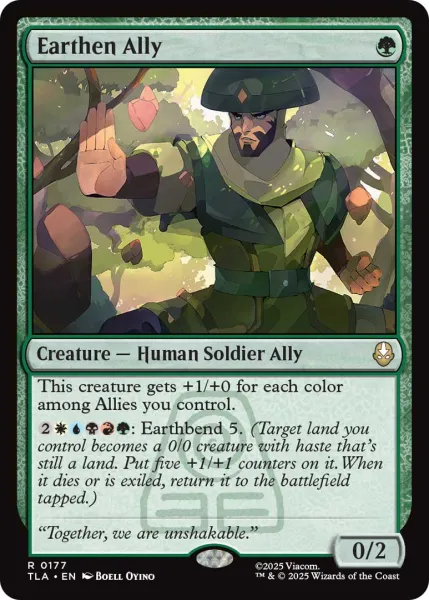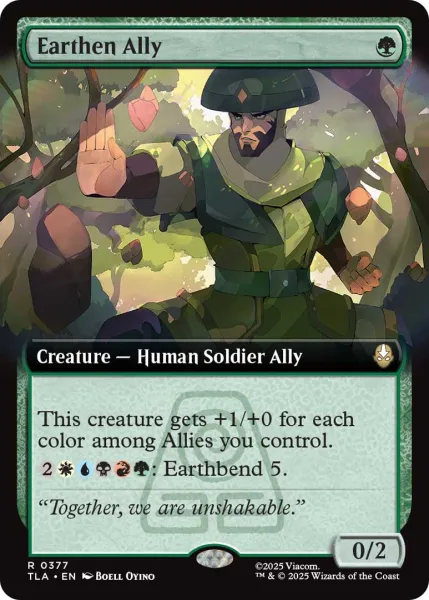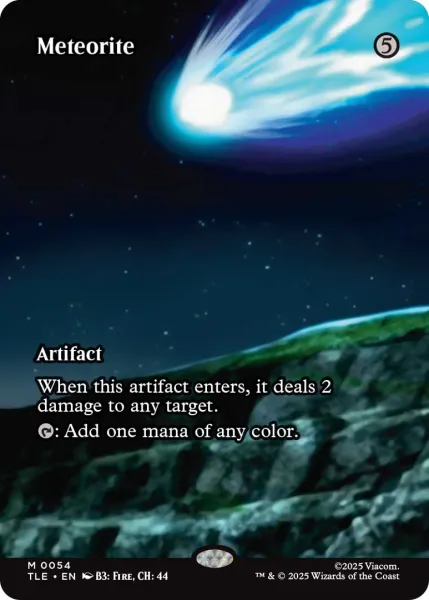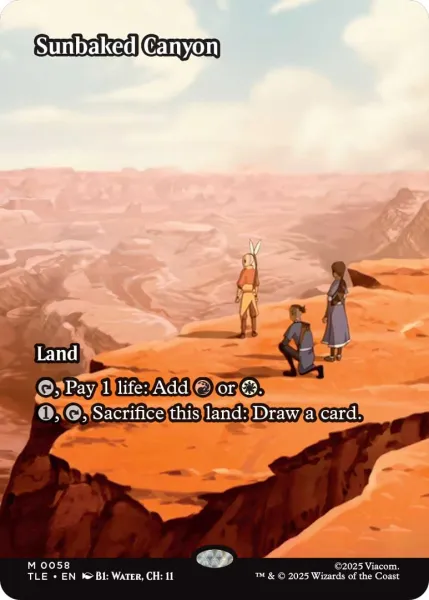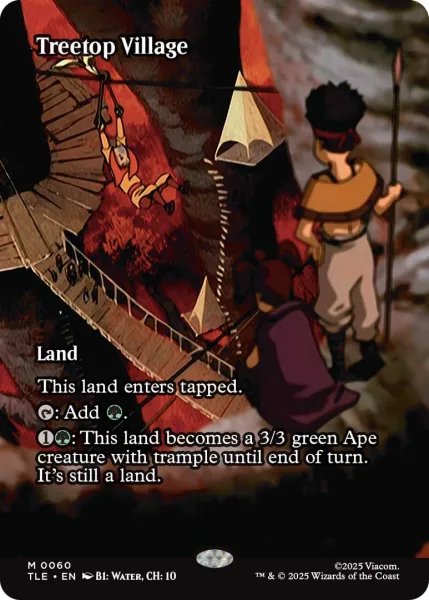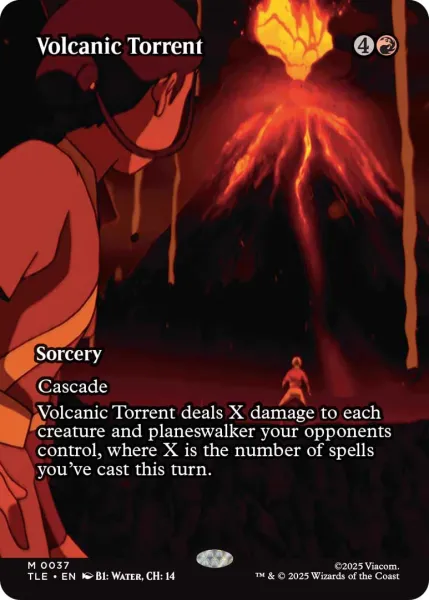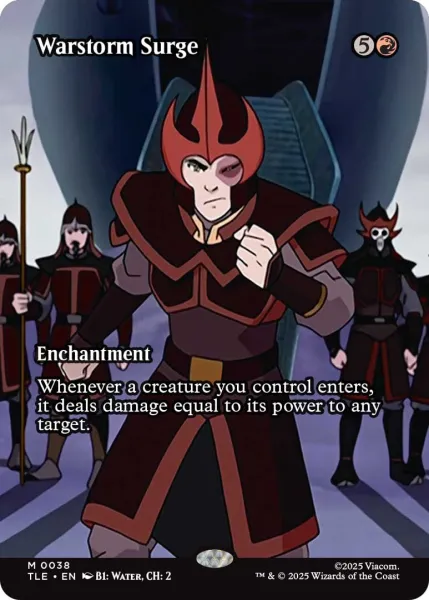Reading List
The most recent articles from a list of feeds I subscribe to.
Anime-Inspired Rhythm Game Unbeatable Delayed To December, Hours Before Its Launch
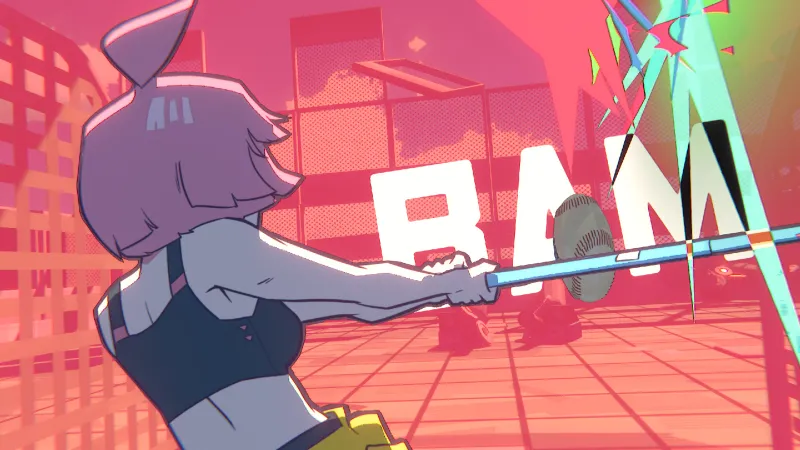
Unbeatable is an anime-inspired "arcade-flawless" rhythm game that was set to launch tomorrow, November 6, on PlayStation 5, Xbox Series X/S, and PC via Steam. However, developer D-Cell Games has delayed Unbeatable to next month, just hours before the game's launch, citing a progression-blocking bug that it says must be fixed before release.
"Unbeatable was supposed to come out tomorrow," the announcement on the game's Steam page reads. "That's a scary sentence. Here's a worse one: Unbeatable will now release on December 9. I hate that I have to say this. There's no way to apologize for it that feels like enough. I'm personally sorry about this and wish it was different."
The delay announcement features a QA and in the "Why would you only tell me now?" section, D-Cell responds, "Because the decision was only made a few hours ago (No, really, I'm writing this right after the meeting where the decision was made). We are telling you this as soon as we possibly can."
As for why the very last-minute delay, D-Cell says, "QA hit a low-repro progression blocker last night that's serious enough it's considered unreleasable," and that "fixing this would require pushing the console release date back because of cert timelines, and not fixing this is, well. We refuse to do that. We're fixing it."
As for why the game is being delayed more than a month to December 9, it is due to other games launching over the next month. D-Cell says the team had a pretty good spot on November 6, "where we made a small little island for ourselves, and skipping that date necessarily means skipping forward a lot to find another island, and [December 9] is the closest one we had. On the plus side, it gives us some breathing room we didn't have before to do some pre-launch things we wanted to do that had to get pushed back because of finishing the game in time for, well, tomorrow."
Unbeatable will now launch on December 9 on PlayStation 5, Xbox Series X/S, and PC.
In the meantime, check out the Unbeatable reveal trailer.
Dispatch Sells Over 1 Million Copies In First 10 Days
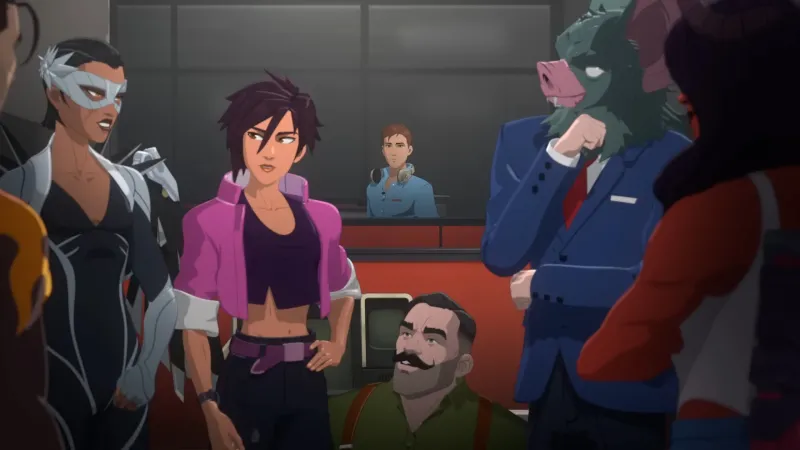
Dispatch, the episodic superhero narrative adventure, has been a critical success since the launch of its first two episodes on October 22. This positive word of mouth seems to be working, as developer AdHoc Studios has announced it has sold over 1 million copies of Dispatch within its first 10 days of launch.
The game, which stars Breaking Bad’s Aaron Paul as a down-on-his-luck former superhero working as a dispatcher for reformed supervillains, is created by former Telltale Games writers and sports a similar choice-driven narrative-focused format. Dispatch is an eight-episode adventure, with Episodes 5 and 6 dropping today (and every Wednesday). We still have to wait until next week’s finale to see how AdHoc sticks the landing, but Dispatch has garnered near-unanimous praise for its writing, story, character development, and performances from actors such as Laura Bailey, Jeffery Wright, and Erin Yvette, to famous content creators including Jacksepticeye, Joel Haver, and MoistCr1TiKaL. Its impressive sales numbers complement an overwhelmingly positive 93% critical rating on Metacritic.
“It’s always a little strange when the numbers get so big you have to talk about them,” says Michael Choung, AdHoc Studio's CEO and executive producer, in a press release. “A week ago, we were just as thrilled watching Let's Plays and reaction videos. But milestones like this matter. They mean AdHoc will be able to make more story-driven episodic originals, and we hope it means it'll be easier for other devs to do the same. Hard to believe we’re only halfway done.”
Dispatch is available now on PlayStation 5 and PC for $29.99. Be sure to check out our interview with Aaron Paul, where he discusses his thoughts on playing Dispatch’s protagonist, Robert Robertson.
Who Is Takeshi Ichikawa, The Producer Of Dragon Quest VII Reimagined?
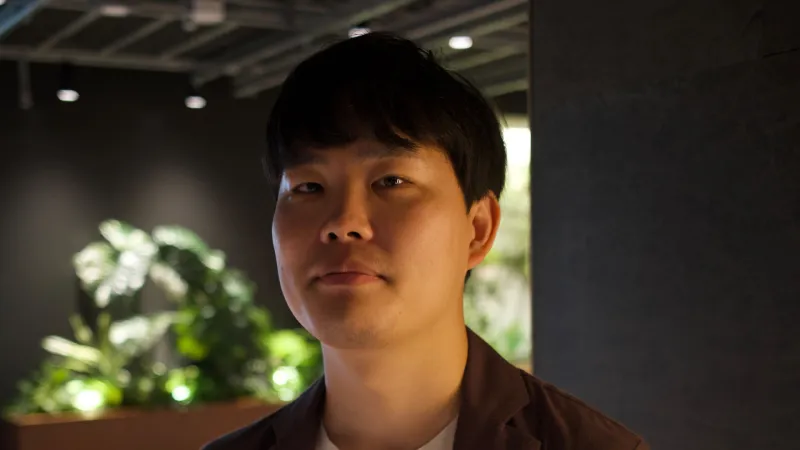
When Square Enix announced Dragon Quest VII Reimagined during a Nintendo Direct held in September, players were left with all kinds of questions regarding this remake. Game Informer has learned quite a lot about the game after visiting Square Enix's Tokyo, Japan, offices last month for the latest magazine cover story, and we'll be sharing details all month long.
Curiously, many Dragon Quest fans have questions about the game's producer, Takeshi Ichikawa. He's a relative newcomer, at least in a role capacity as large as producer, which means his job is to help get Reimagined across the finish line as a successful business product (rather than a work of art, which Ichikawa tells me is the job of the game's director, Masato Yagi). On Moby Games, which is a database that tracks the credits of developers, Ichikawa has a special thanks credit on last year's Dragon Quest III: HD-2D Remake, a staff credit on Dragon Quest Monsters: The Dark Prince and Dragon Quest Treasures, and assistant producer credits on Dragon Quest XI S: Echoes of an Elusive Age, and Dragon Quest Builders 2, which is seemingly the first game he ever received a credit in.
During my visit to Square Enix's Shibuya offices, I interviewed Ichikawa (and various other team members working on Reimagined) for hours, and I learned a lot about him. Here's what I learned:
Ichikawa's Start In Game Development
"I've been playing video games all my life, ever since I was a student, and then ever since then, I have always had this dream of becoming a game developer and becoming involved with the game industry," Ichikawa tells me. "So I wanted to be a game developer, a creator myself. I interviewed at a lot of video game publishers and developers, and in the end, I had the opportunity to work for Square Enix, and that's how I started my career. And at the time, I was asked by my boss what kind of game I wanted to make, and I responded, 'I'll do anything,' and that's how they put me into the Dragon Quest team."
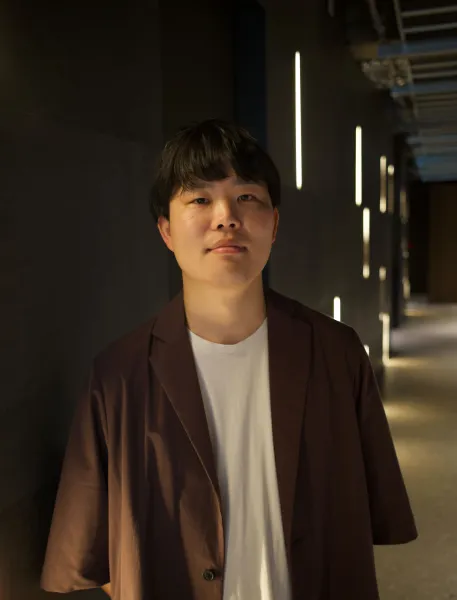 Dragon Quest VII Reimagined producer Takeshi Ichikawa
Dragon Quest VII Reimagined producer Takeshi Ichikawa
Though he eagerly said, "I'll do anything," Ichikawa tells me he had a goal of working on the Dragon Quest series because of his childhood fascination with it. "I was fascinated by the story focus," he says. "As a kid, I actually really liked playing Dragon Quest Monsters: Terry's Wonderland, so it is a great joy for me to be involved with the series."
Ichikawa tells me he was born the same year Dragon Quest V: Hand of the Heavenly Bride launched in Japan, but he thinks his generation's Dragon Quest is Dragon Quest VII: Warriors of Eden and Dragon Quest VIII: Journey of the Cursed King. "You know, the later installments in the series," he adds. "I hadn't had much chance to play the older ones, so after I joined the company, I started playing the older mainline titles."
Remaking Dragon Quest VII
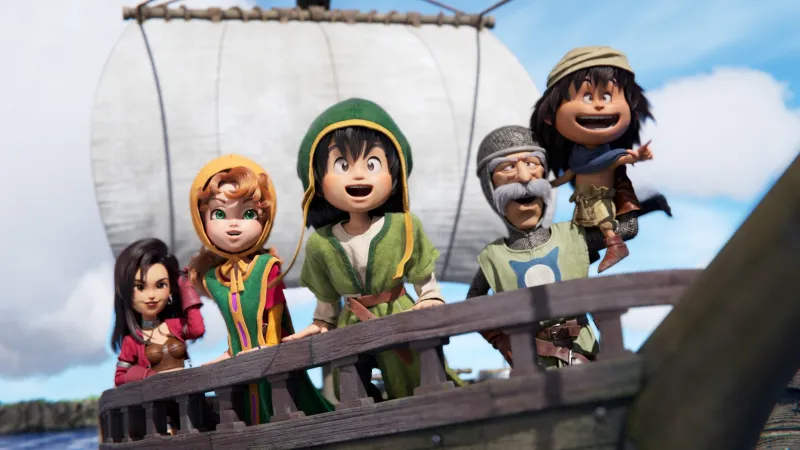
I ask Ichikawa if, given his history with Dragon Quest, it's intimidating to remake a pretty beloved game in the series. He says there is certainly pressure.
"There certainly was that pressure, considering that Dragon Quest VII is actually the best-performing PlayStation title in history [Editor's Note: I didn't catch this mid-interview, but I presume he's referring to Japanese sales numbers – not worldwide, as Dragon Quest VII is not the best-performing PlayStation title in history worldwide]," he tells me. "When I first started the project, there were certainly pressures of how much I can actually alter or change with this remake. But after I started talking with Horii-san, he was actually pretty open to a lot of ideas, and even some you could consider very ambitious [Editor's Note: a new, never-before-seen conclusion is pretty ambitious, I'd say]. I did have a lot of fun working on this."
I took this opportunity to ask Yuji Horii, the creator of Dragon Quest, who is seated beside Ichikawa during this duo interview, how he feels seeing Dragon Quest VII remade by a new generation of developers. He calls it an "interesting sight to see."
"Way back then, when I originally created the original title, there were a lot of platform limitations at that time," Horii says. "We were confined a lot [...] so seeing this new generation of creators reimagining [I know Square Enix's PR loved this nod] and remaking these titles, it's an interesting sight to see; to see them create a modern remake for the current generation of titles."
I follow up by asking Ichikawa what his initial discussions with Horii were like regarding the remake of Dragon Quest VII. He tells me their conversations focused on three components:
"I had three components I wanted to propose to him," Ichikawa says. "The first one was the visuals of the game, so we proposed the handcrafted doll style of the game. We also wanted to suggest making some adjustments to the scenario, to the narrative of the game. And the third [component] being the adjustments made to battles and combat. For the scenario, Horii-san was welcoming to the changes, and he gave me the okay. For the battle, the only feedback he had was he just wanted us to make sure the combat wasn't too convoluted – he wanted to make sure it was easy to digest and understandable to players."
Why Ichikawa
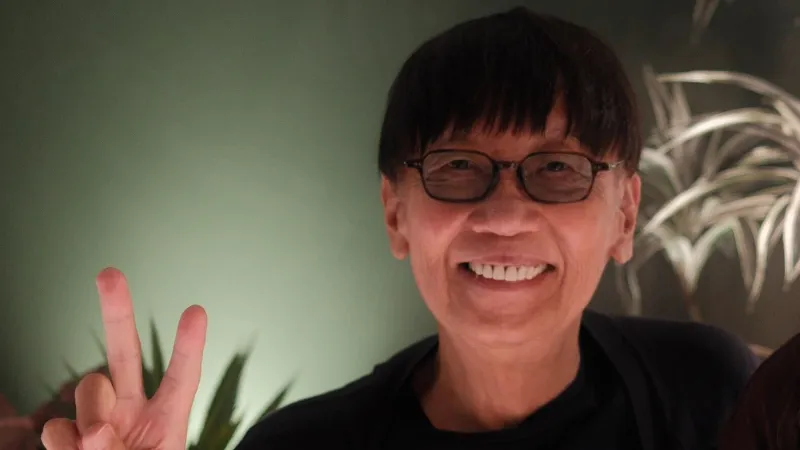 Dragon Quest creator Yuji Horii
Dragon Quest creator Yuji Horii
I'm jumping ahead here, but at the end of my interview with Horii and Ichikawa, I ask the former about the latter's work producing Reimagined.
"I'm incredibly, incredibly happy that these two [Editor's Note: the other person being Reimagined director Masato Yagi] are working on the Reimagined title," Horii says. "I like the doll aesthetics, the handcrafted style; I also like the diorama elements on the field. I was playing the game, and it was just really fun to even just walk around a field. So yeah, I'm really happy that these two are taking the helm."
I ask Ichikawa how that makes him feel, recognizing that I'm probably embarrassing him with this question.
"I am super happy," Ichikawa says with a beaming smile, an embarrassed laugh, and a reserved humility.
Ichikawa's First Dragon Quest
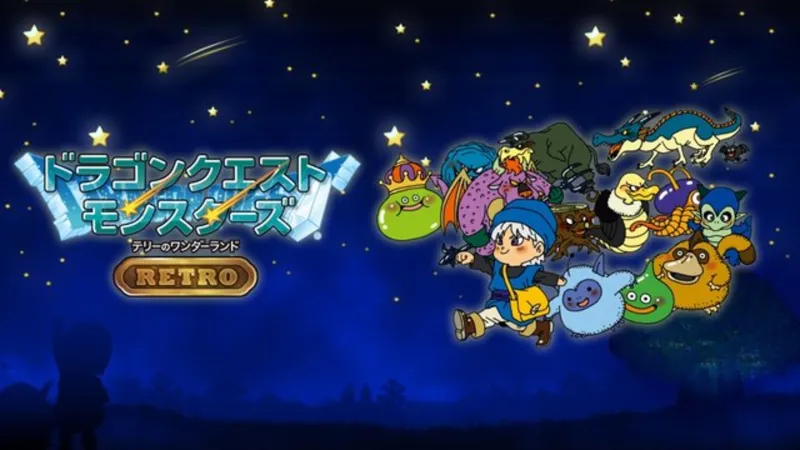
"Dragon Quest Monsters: Terry's Wonderland was my first ever Dragon Quest title, and I was actually still in Kindergarten; it was actually before I even started in elementary school," Ichikawa tells me. "So I didn't really have a full understanding of what the story was about, but I do remember the battle system, like the monsters fighting each other was just so fun to me. And then one of the features of Terry's Wonderland is that you can actually acquire monsters on the field to join your party. One of the very first monsters that I obtained or acquired was the [Garuda], and it's actually my favorite monster to this day."
From here, I ask Ichikawa about growing up in Japan and seeing Dragon Quest's continued rise in the country (and worldwide).
"I've witnessed firsthand how Dragon Quest is such a huge cultural phenomenon, but I think one of the really strong points about Dragon Quest is the story, because even if a child plays it, I think the story can really resonate with them," Ichikawa tells me. "Even playing as an adult, it's still good, [and] seeing those stories as an adult really adds another layer of depth that you never got to feel when you were a kid. So I think the fact that it resonates with generations of players – not just kids, but also adults – I think that's really one of the strong points of the series."
Ichikawa's Development History
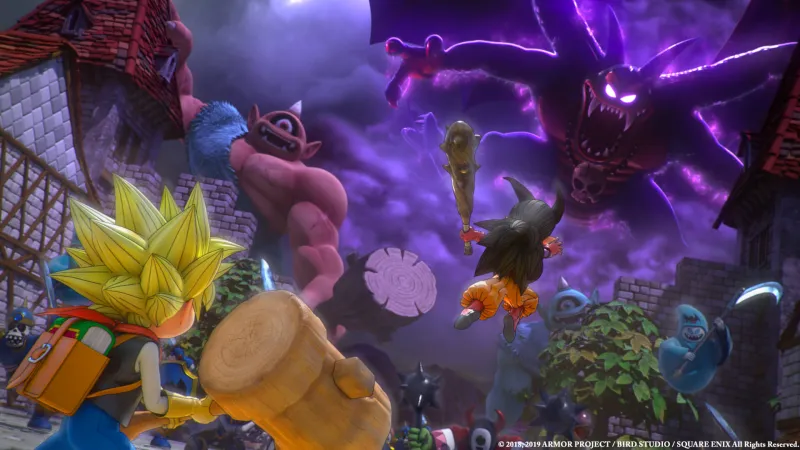
I note to Ichikawa that his history in game development only spans back to 2018, based on official findings available online; I ask if that's the case.
"This is my seventh year in the game industry, and as mentioned in my earlier responses, the very first title I worked on was Dragon Quest Builders 2 [released in 2018]," he tells me. "And then I worked on Dragon Quest XI S, the multiplatform release of Dragon Quest XI. So for those two titles, I served as the assistant producer, whereas for Dragon Quest VII Reimagined, I'm working on the title as the producer of the game. When I was working as the assistant producer for Dragon Quest Builders 2 and Dragon Quest XI S, I had a really different perspecitve – I would focus more on the day-to-day operation as part of the development team, whereas being the producer of one game, not the assistant producer, means I have to oversee everything, including all of the development team as well."
The Slime
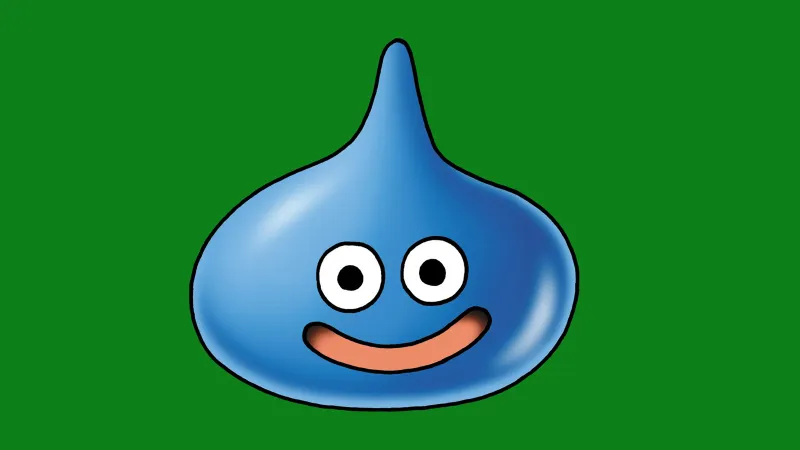
I couldn't talk to people developing a Dragon Quest game without asking about the series' most iconic monster, the slime. Here's what Ichikawa has to say about it:
"Since I was young, at the time, the slime was already the iconic character that it is today, but one thing that I recall was that I saw a lot of slime merchandise in stores and such, and I [liked that] there were variations to the slime, too," he says. "One thing I really recall thinking is that, 'Oh, since it's a gooey character, that means it has the versatility to adapt into a lot of different things,' so that was one thing that impressed me with it."
His Favorite Aspect of Dragon Quest
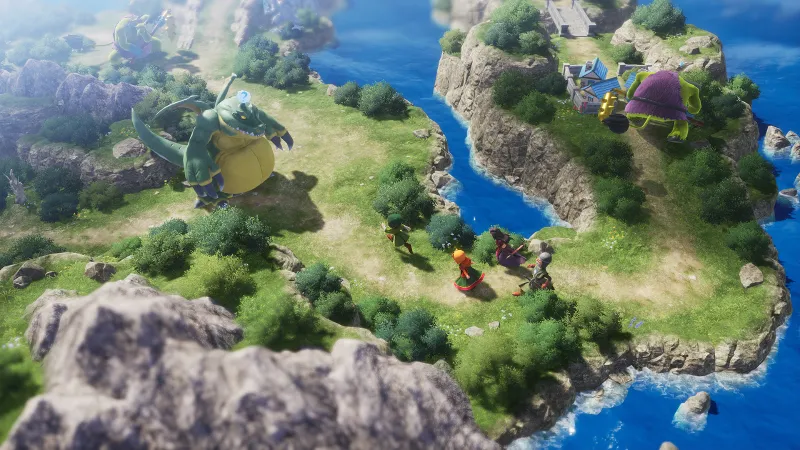
When I ask Ichikawa why he thinks the Dragon Quest series continues to be the cultural phenomenon it is today, he explains it's the "Horii-esque" elements.
"I think all the RPG elements the series has to offer are the biggest strength of the Dragon Quest series, and I like to call it part of the Horii-esque elements," he says. "All the humor, the jokes in the narrative, the dialogue, and the expressions and the portrayals; It's just so adorable at times, and when you look at the story, it's an epic story but also somehow feels relevant to you at the time."
I hope this feature gives you some more clarity about who Ichikawa is and why he's producing Dragon Quest VII Reimagined. If you read the cover story here, you'll understand why I think Dragon Quest VII Reimagined is in good hands thanks to everyone involved in its development, including Ichikawa as its producer.
If you're a subscriber, head to our Dragon Quest VII Reimagined issue hub for more details about the game, a huge Dragon Quest series retrospective as told by creator Yuji Horii, and all the other great features in Issue 373 of Game Informer.
Resident Evil Outbreak: Part 10 - Getting Schooled In The Final Scenario | Super Replay
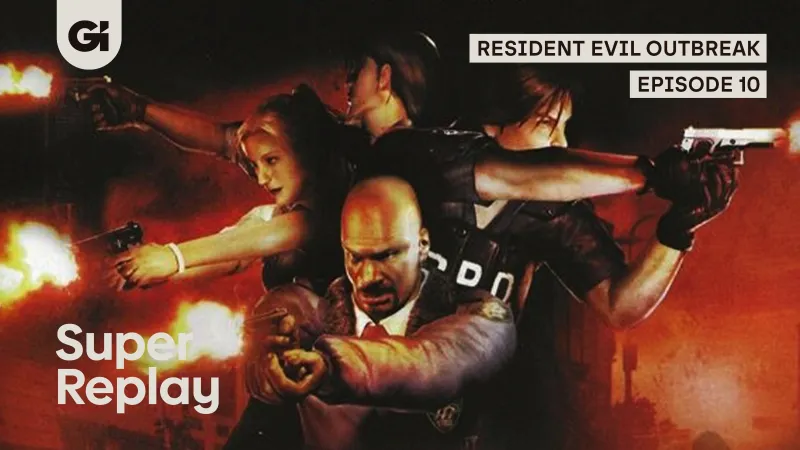
One of the biggest eyebrow raisers for the upcoming Resident Evil Requiem was the surname of its protagonist, Grace Ashcroft. That's because she's the daughter of Alyssa Ashcroft, an investigative reporter and oft-forgotten character who last appeared in the equally overlooked Resident Evil Outbreak. For the many unfamiliar RE fans, this begs the question: Who the heck is Alyssa Ashcroft, and why has she suddenly become a big deal? To prepare for the next mainline Resident Evil game, we're going to answer this tantalizing question.
Resident Evil Outbreak launched for the PlayStation 2 in North America on March 30, 2004. Set only a couple of days after the initial T-virus outbreak in Raccoon City, the game unfolds across five scenarios across different areas of the doomed city. Outbreak features eight playable characters, including Alyssa Ascroft, along with an RCPD officer, a Vietnam War veteran, a bar waitress, and a surgeon, among others, fighting for survival against the infected.
Join Marcus Stewart and Charles Harte for two hours today (a Wednesday!) on Twitch and YouTube, starting at 12 p.m. PT/3 p.m. ET as they journey through Outbreak for the first time. If you can't catch the broadcasts live, they'll be uploaded to the official Game Informer YouTube channel.
Catch up on previous episodes below:
Episode 1
Episode 2
Episode 3
Episode 4
Episode 5
Episode 6
Episode 7
Episode 8
Episode 9
Episode 10
Exclusive Magic: The Gathering x Avatar: The Last Airbender Card Reveals - Allied Forces
![]()
Flameo! Magic: The Gathering's Avatar: The Last Airbender set is dropping soon, bringing the journey of Aang and the gang to life in booster packs and drafts around the world. Wizards of the Coast offered us the opportunity to reveal some cards in the upcoming set, both new and familiar.
Our new card is leaning into the "Ally" creature type, as well as multi-colored deckbuilding. The Earthen Ally is a humble 0/2 for one Green mana, gaining power for each color among Allies you control. Heck, you can pay a whopping 2 plus WUBRG (that's one of each color of mana, plus an additional two mana) to Earthbend 5. (Earthbend is a new keyword that makes your lands attackers, essentially.)
We also have a batch of additional cards, which are reprinted versions of past Magic: The Gathering cards. Meteorite, Sunbaked Canyon, Treetop Village, Volcanic Torrent, and Warstorm Surge all get their own animated adaptations here in the cards. I like having a new Sunbaked Canyon to put in my Boros deck, and Treetop is a fun, classic reprint that lines up well with the Earthbending archetype.
It certainly looks like Magic: The Gathering is doing some fun things with its adaptation of Avatar. The full set will arrive on November 21, with pre-release events kicking off the weekend prior on November 14.
